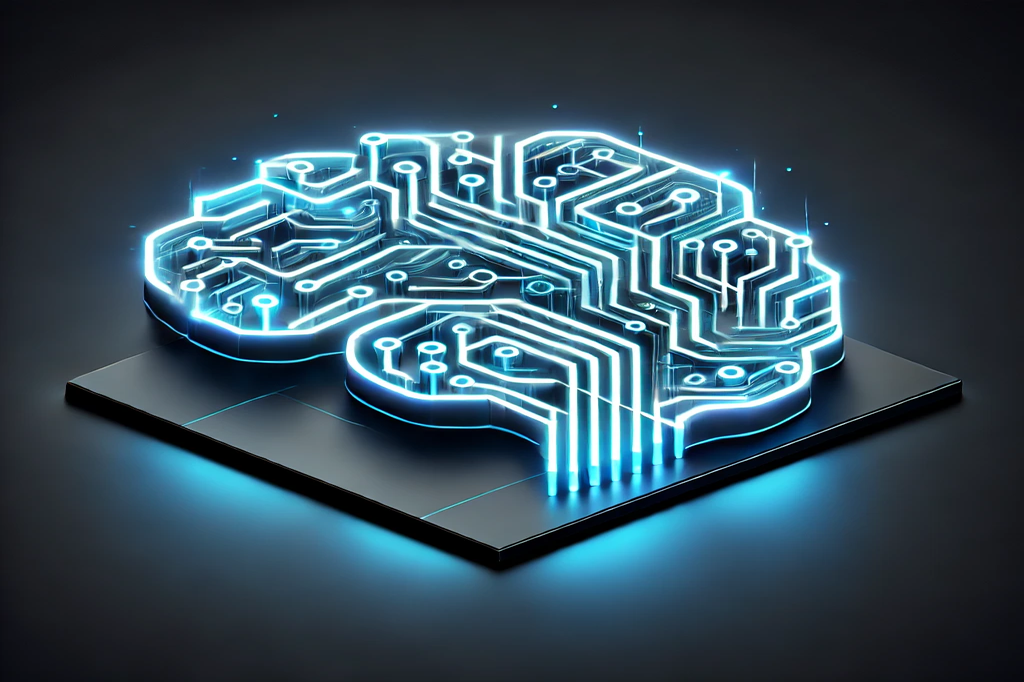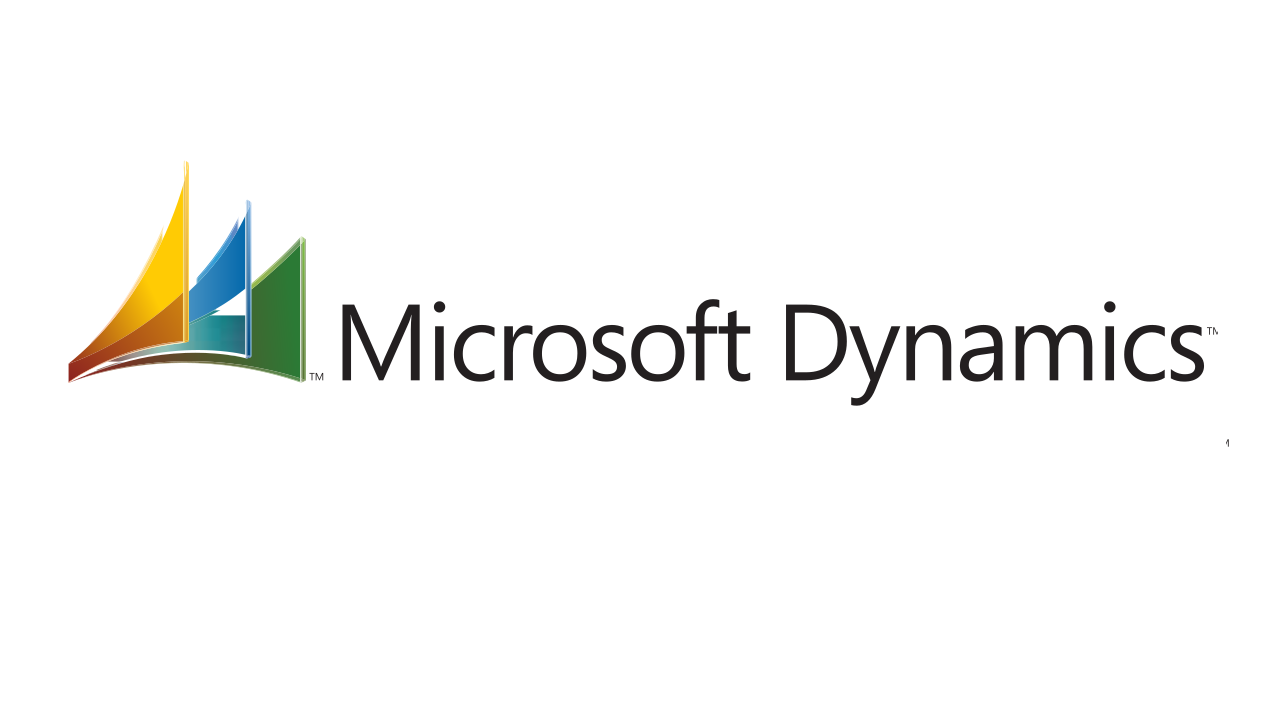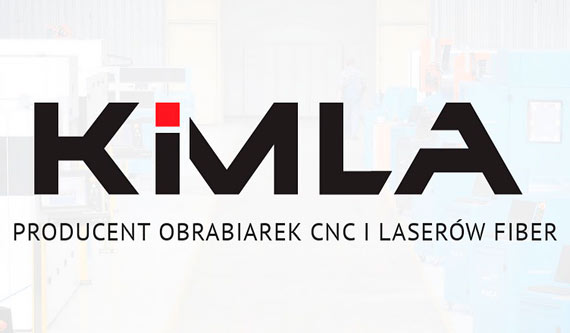Najnowsze publikacje:
2023:
FPGA-Based Optimization of Industrial Numerical Machine Tool Servo Drives:
2021:
Hardware implementation of a Takagi-Sugeno neuro-fuzzy system optimized by a population algorithm
Fixed-Point Arithmetic Unit with a Scaling Mechanism for FPGA-Based Embedded Systems
Proponowane tematy prac dyplomowych na rok 2024
Studia I-go stopnia:
- (Temat został już zarezerwowany) Programowanie robota współpracującego UR5e. / Projekt oprogramowania demonstracyjnego dla robota współpracującego UR5e.
- Krótki opis zastosowań, budowy i zasady działania robota.
Kilka linków do zapoznania się z tematem:https://www.elmark.com.pl/blog/robotyzacja-spawania-za-pomoc-robotw-universal-robots
https://www.elmark.com.pl/sklep/universal-robots/universal-robots-ur5e
- Wykonanie kilku programów demonstracyjnych dla robota współpracującego, w tym praca z taśmociągiem, czujnikami i/lub różnymi narzędziami.
- Współpraca robota ze sterownikami PLC-HMI w oparciu o komunikację za pomocą interfejsu Ethernet.
- Krótki opis zastosowań, budowy i zasady działania robota.
- Ethernet przemysłowy.
- Opis podstawowych informacji o tym, czym jest i do czego jest wykorzystywany Ethernet przemysłowy. Przegląd rozwiązań dostępnych na rynku.
- Implementacja oprogramowania dla komputera PC do komunikacji z robotem współpracującym UR5e w oparciu o wybrany protokół: ModbusTCP, ProfiNet (jeśli znajdą się darmowe rozwiązania) lub EthernetIP.
- Magistrala komunikacyjna CAN.
- Opis budowy i właściwości magistrali CAN.
- Implementacja oprogramowania dla mikrokontrolera ARM Cortex-M4 do komunikacji z innymi urządzeniami w oparciu o magistralę CAN.
- Zaprojektowanie na sterownikach PLC-HMI (model US7 B10-TA30 Unistream firmy Unitronics) modeli demonstracyjnych kilku prostych obiektów przemysłowych. Modele te będą wykorzystywane do współpracy z oprogramowaniem mikrokontrolera. https://www.unitronicsplc.pl/4566-us7-b10-TA30-panel-graficzny-hmi-przekatna-7-cali.html
- Sterowanie za pośrednictwem magistrali CAN gotowym modułem z silnikiem krokowym.
- Zaprojektowanie interfejsu graficznego wyświetlanego na panelu LCD głównego sterownika.
- Wykonanie pomiarów ruchu w sieci CAN za pomocą analizatora sieciowego.
- Modelowanie pracy obiektów przemysłowych na platformach PLC-HMI.
- Krótki opis podstawowych metod modelowania obiektów dynamicznych w oparciu o równania różniczkowe.
- Wykonanie oprogramowania w środowisku UniLogic dla sterowników PLC-HMI (model US5 B10-TA30 Unistream firmy Unitronics) symulującego działanie kilku prostych obiektów przemysłowych. Oprogramowanie będzie wykonane w języku drabinkowym z wstawkami w języku C. https://www.elmark.com.pl/blog/akademia-plc-elmark-unitronics-unistream
- Zaprojektowanie współpracy za pośrednictwem interfejsu analogowego i cyfrowego z innymi sterownikami, w tym z mikrokontrolerami.
- Interfejsy komunikacyjne OPC-UA i MQTT.
- Projekt i implementacja oprogramowania dla mikrokontrolerów ARM Cortex-M4 komunikującego się za pomocą w/w protokołów.
- Projekt i implementacja adekwatnego oprogramowania dla komputera PC.
Studia II-go stopnia:
- Metody numeryczne w zagadnieniach aproksymacji funkcji nieliniowych w systemach wbudowanych / Aproksymacja funkcji nieliniowych do zastosowań w systemach wbudowanych.
- Zaprojektowanie i implementacja oprogramowania dla MCU lub FPGA.
- Wykonanie testów, opracowanie wyników.





